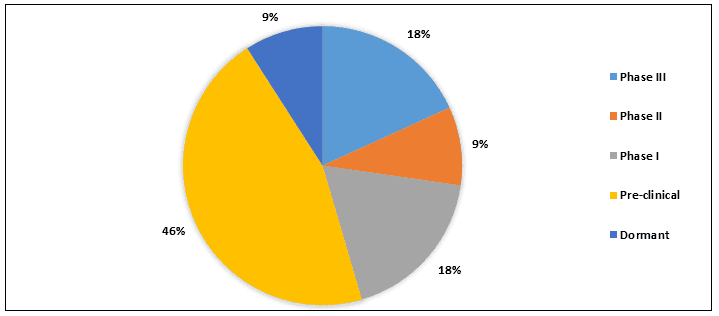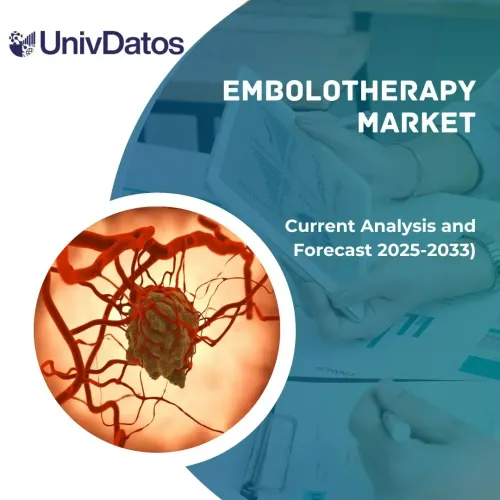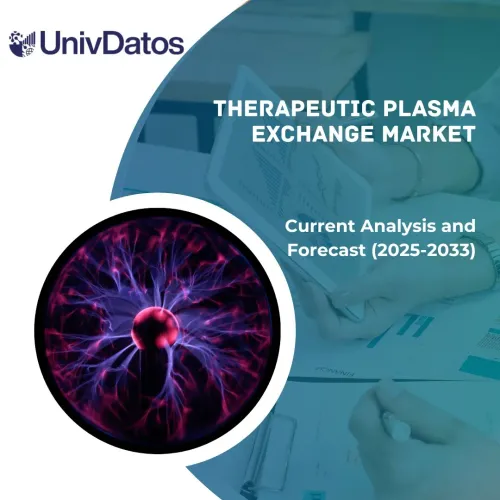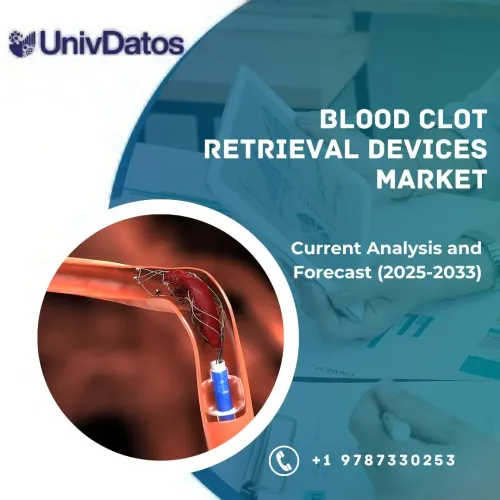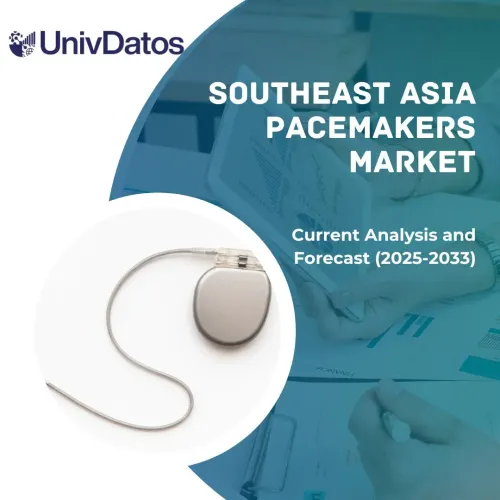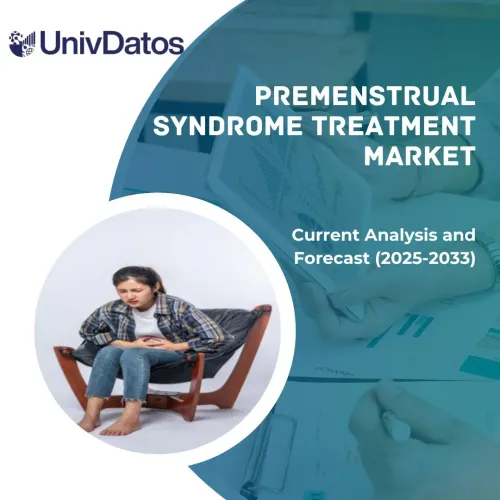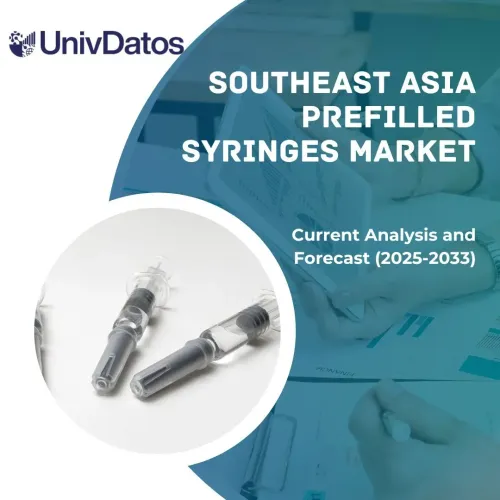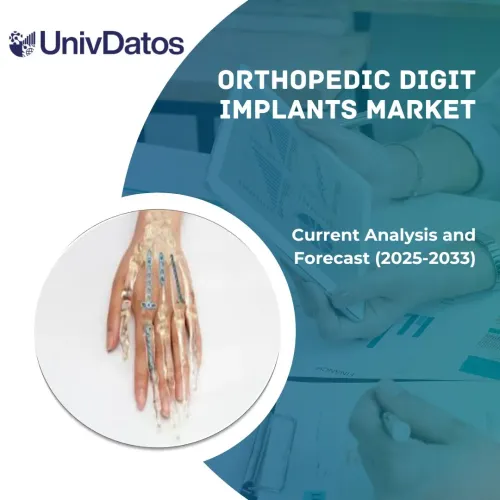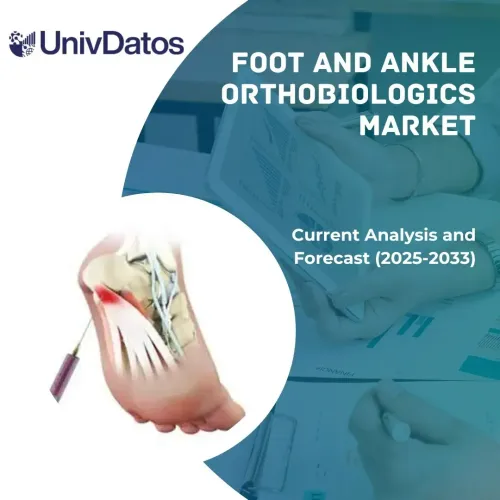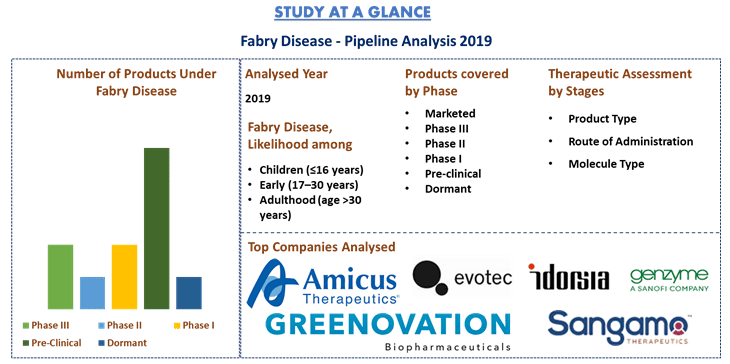
法布里病(也称为安德森-法布里病)是一种进行性X连锁遗传性葡糖鞘脂代谢遗传病,是由于溶酶体α-半乳糖苷酶A活性缺乏或缺失所致。这是一种毁灭性的先天性代谢缺陷,尤其是在早期阶段,溶酶体葡糖鞘脂沉积会诱导细胞功能障碍和微血管病变。溶酶体外葡糖水解酶α-半乳糖苷酶A的缺失或活性不足会导致globotriaosylceramide和相关的糖鞘脂在溶酶体中进行性积累,溶酶体是普遍存在的亚细胞器。
第一个干扰儿童健康和表现的临床症状出现在童年时期,通常在3到10岁之间,通常女孩比男孩晚几年。随着年龄的增长,两种性别的患者都会出现重要器官系统的进行性损伤,从而导致器官衰竭。终末期肾脏疾病和危及生命的心血管或脑血管并发症会限制预期寿命。临床体征是多系统性的、异质的和进行性的。
治疗产品的拆分
法布里病的生化诊断是通过测量从外周血、培养的成纤维细胞或使用从滤纸血斑中提取的样本中获得的血浆或白细胞中的α-gal A活性来确定的。FD的诊断可能来自仔细的临床和器械检查,以及家族史数据以及对遗传和酶学分析的准确解释。通过分子遗传测试鉴定半合子GLA致病变异证实了男性先证者的诊断。
法布里病的治疗管线包括大约9+个处于不同开发阶段的产品。目前,有2+种药物处于III期开发阶段,主要药物处于临床前阶段。
分析的主要公司
一些主要参与者包括Amicus Therapeutics; Evotec; Freeline; Greenovation Biotech; Idorsia Pharmaceuticals; Moderna; Pharming; Protalix Biotherapeutics; Resverlogix Corp; Sangamo Therapeutics and Sanofi Genzyme.
研究范围:
概述了法布里病在整个产品开发周期(包括所有临床和非临床阶段)的治疗管线活动
该报告包括法布里病治疗产品的详细概况,重点介绍了开发活动,包括许可和合作交易、已颁发的专利、名称、技术和化学信息
按阶段、产品类型、分子类型和给药途径对活性管线产品进行治疗评估
报告中包含休眠产品的详细概况
购买理由:
法布里病管线提供了药物的详细概况。报告中提供的分析是深入的二级研究和行业关键意见领袖的投入相结合
该报告快速回顾了当前关于该适应症药物开发的情况
该报告涵盖了对杰出行业同行深入分析,主要关注公司整合、名称、技术、协议和与治疗相关的专利
详细检查行业中普遍存在的诊断、治疗和指南
借助发布时间表检查行业吸引力
该研究全面涵盖了不同开发阶段的药物市场
对治疗领域的广泛领域知识通过识别不活跃或停止产品背后的原因来支持客户在决策过程中做出关于其治疗组合的决策
定制选项:
法布里病管线分析报告可以定制到国家/地区级别或任何其他竞争性细分市场。除此之外,UMI了解到您可能有自己的业务需求,因此我们还为客户提供完全定制的解决方案。
目录
对法布里病治疗药物的管线开发活动概述不仅限于药物描述和开发活动,还侧重于临床和非临床结果。它还包括指定、公司合并与许可协议、拨款、技术和专利详细信息。法布里病产品的治疗细分是基于药物的开发阶段完成的。该报告包括比较性管线治疗评估以及按开发阶段、治疗类型、分子类型和给药途径对管线产品的详细药物概况。该报告还包括对即将推出的管线疗法的预测发布时间表。此外,分析师的见解也集中于总结当前的市场情况。完整报告中阐明了休眠产品的详细概况以及导致休眠的相关原因。
二级研究
进行了详细的二级研究,以通过公司内部来源(如年度报告、业绩演示文稿、新闻稿等)和外部来源(包括行业期刊、新闻与文章、政府出版物、竞争对手出版物、行业报告、监管机构出版物、安全标准组织、第三方数据库和其他可靠的出版物)获得法布里病管线分析。
正在进行对内部和外部来源的二级研究,以获取与每个市场相关的定性和定量信息。
- 公司网站、年度报告、季度报告、财务报告、经纪报告、投资者演示文稿和SEC备案
- 行业贸易期刊和其他文献
- 国家政府文件、统计数据库和市场报告
- 针对市场上运营的公司的,新闻文章、新闻稿和网络广播
- 几个专利和临床试验数据库
法布里病 – 2019年管线分析的主要目标
该研究指出了法布里病当前的管线趋势。投资者可以从研究中进行的定性和定量分析中获得战略见解,以作为投资判断的依据。当前和未来的管线趋势将决定市场的整体吸引力,从而为行业参与者提供一个平台,以利用尚未开发的市场来获得先行者优势。该报告的定量目标包括:
- 概述法布里病在整个产品开发周期(包括所有临床和非临床阶段)的治疗管线活动
- 分析法布里病治疗产品的详细概况,重点介绍开发活动,包括许可与合作协议、已颁发的专利、指定、技术和化学性质信息
- 按阶段、产品类型、分子类型和给药途径对活性管线产品进行治疗评估
相关 报告
购买此商品的客户也购买了

